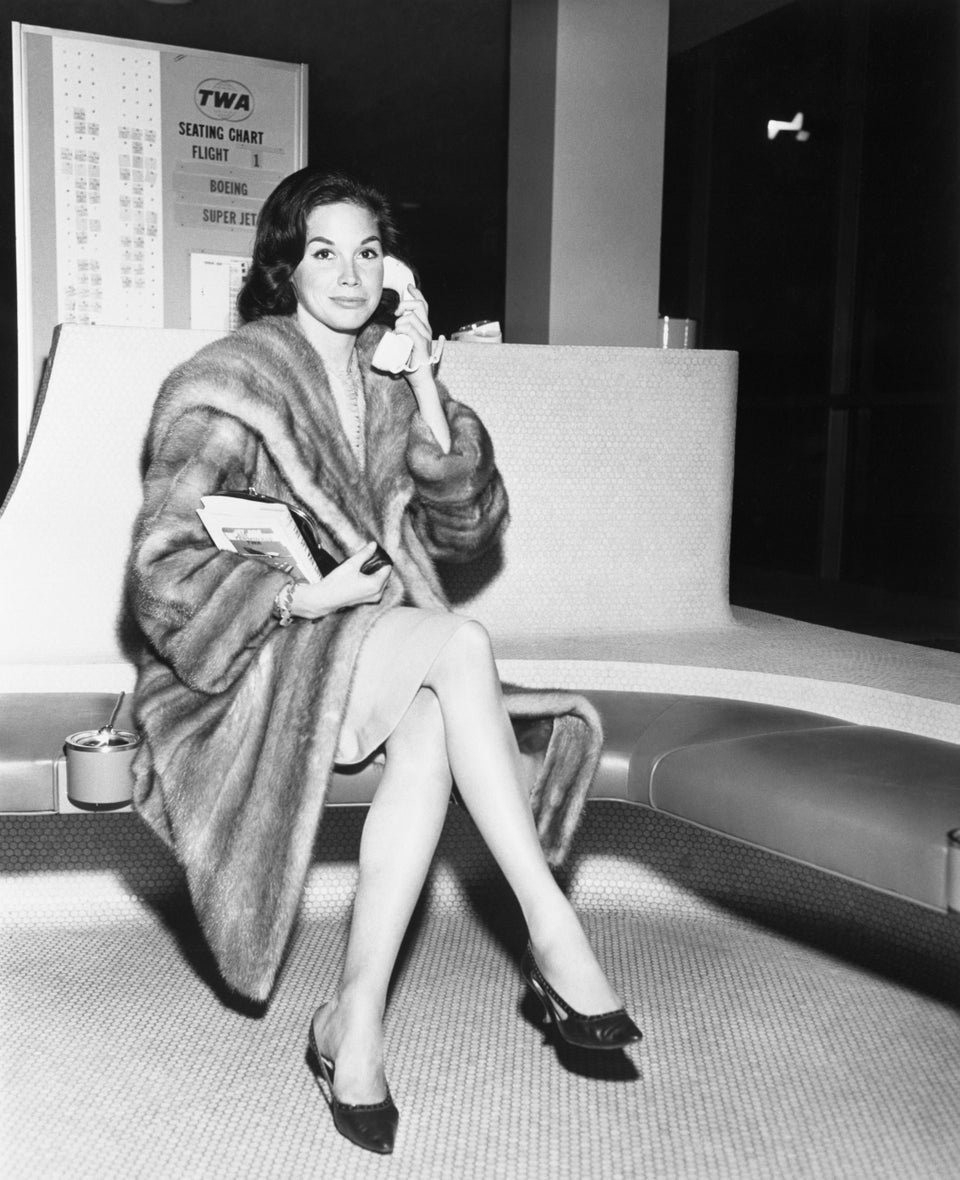Mary Tyler Moore’s death on Wednesday once again reminded us that women have been fighting for equal rights and equal pay for far too long.
Yes, the wag gap is real. On average, a woman in the United States today makes 79 cents for every dollar a man earns (and women of color make even less). And Moore began tackling the issue way back in 1972 on “The Mary Tyler Moore Show.”
In the first episode of the series’ third season, Moore’s character, Mary Richards, discovers she’s being paid less than the male associate producer who previously had her job at TV station WJM. She decides to confront her boss, Mr. Grant (Ed Asner), about the discrepancy only to be completely shut down:
Mary: Let me get this straight? The only reason he was paid more than I am is because he was a man?
Mr. Grant: Oh sure it has nothing to do with your work.
Mary: No, no wait a minute, because I want to understand this. I’m doing as good a job as he did.
Mr. Grant: Better!
Mary: Better! And I’m being paid less because ...
Mr. Grant: You’re a woman.
Mary: Well, Mr. Grant there is no good reason why two people doing the same job, at the same place, shouldn’t be making the ...
Mr. Grant: He had a family to support. You don’t. Now why don’t you come back when you have an answer to that.
Mary: Because financial need has nothing to do with it. Because in order to be consistent with what you’re saying, you would have to pay the man with three children more than the man with two children. And the married man more than the bachelor. Mr. Grant, you don’t do that. So what possible reason can you give me for not paying me at least as much as the man who had this job before me?
Her boss manages to escape the conversation without a comeback, but his reasoning that single women are entitled to less than men who have to support families highlights an all-too-familiar way of thinking.
Of course, by the end of the episode, Moore’s character is able to convince her boss to give her a $50 raise, but real life doesn’t wrap up as neatly as a 30-minute sitcom. That’s why women are still fighting, 45 years later, for equal pay.
The wage gap was just one of the many feminist and progressive issues that Moore’s show tackled during its seven-season run. When CNN asked in a 2002 interview if her character was feminist, Moore replied:
“She wasn’t aggressive about it, but she surely was. The writers never forgot that. They had her in situations where she had to deal with it.”


